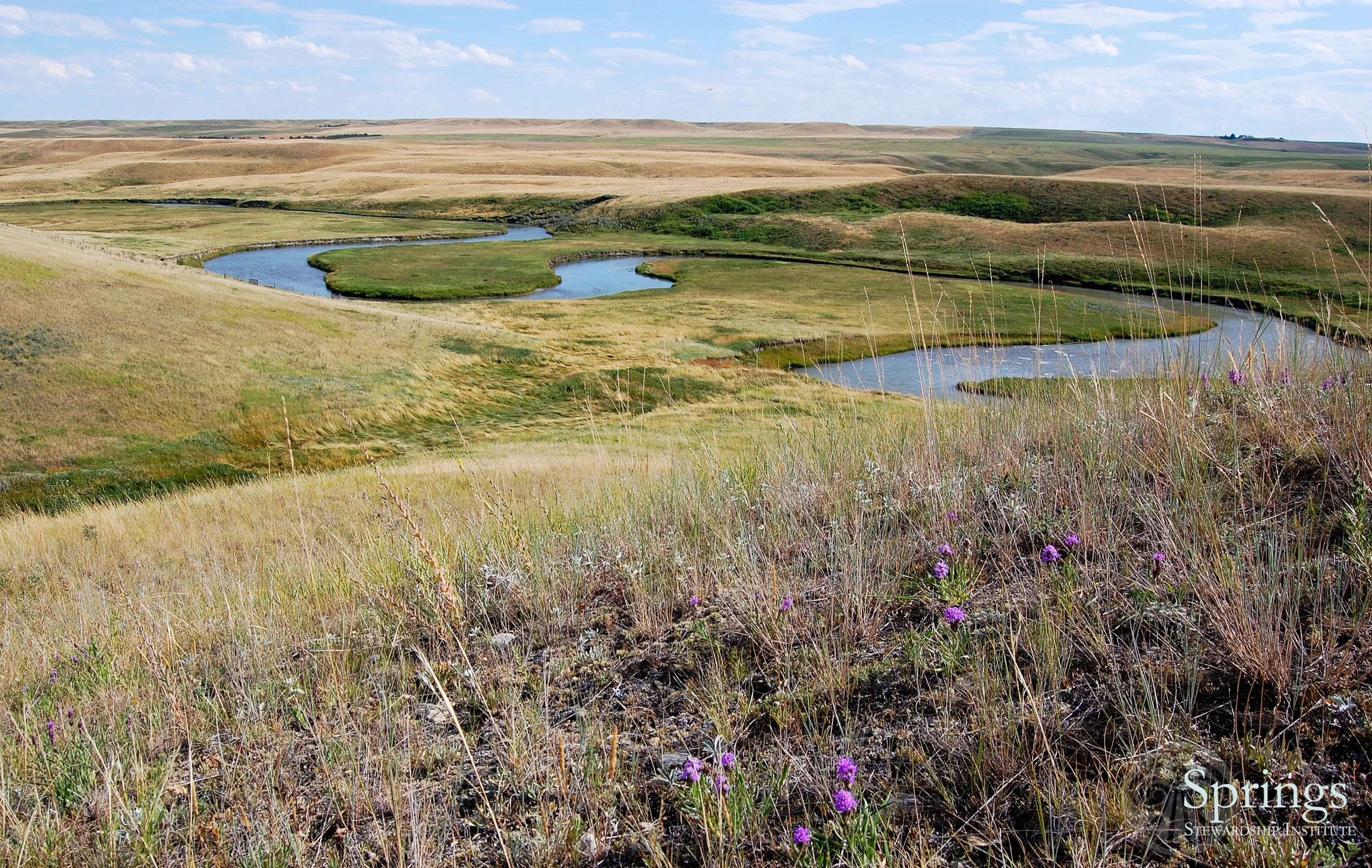Why Study Springs?
Global importance
Why is the Springs Stewardship Institute so passionate about furthering the understanding of freshwater ecosystems and raising the standards by which they are managed? The simple answer is that springs provide fresh water. The better answer involves more explanation.
Earth holds about 332.5 million cubic miles of water and more than 96 percent is saline. Of that, about 2.5 percent remains as freshwater. 68 percent of that freshwater is locked within ice and glaciers, leaving about 30 percent of the world's freshwater supply in the ground. Sources of freshwater weigh in at about 22,300 cubic miles of water - about 1/150th of 1 percent of the world's total water.
Spring flows may be immeasurably small compared to rivers and lakes, yet they play a leading role in the greater hydrologic cycle. All of Earth's water is recycled through submarine vents every 8 to 10 million years. They also produce some of the most pristine fresh water and are thus highly valued. However, some springs discharge non-potable water, heavily laden with salts and minerals - meaning that 1/150th of a percent is even smaller.
In addition to their utility as a resource, springs play another useful role. By studying their temperature and ionic content, springs serve as a window into the earth - making them, literally, the canary in the coal mine for groundwater sources. Their temperatures can be quite cold, or extremely hot (exceeding 500 degrees Celsius). The temperature and ionic content of the water reflects the flow path and the geologic setting of the aquifer feeding the spring.
“Because aquifers are remote and usually hidden beneath the earth, the surface expression of the spring is a convenient and easy observation location for the health of the aquifer.”


